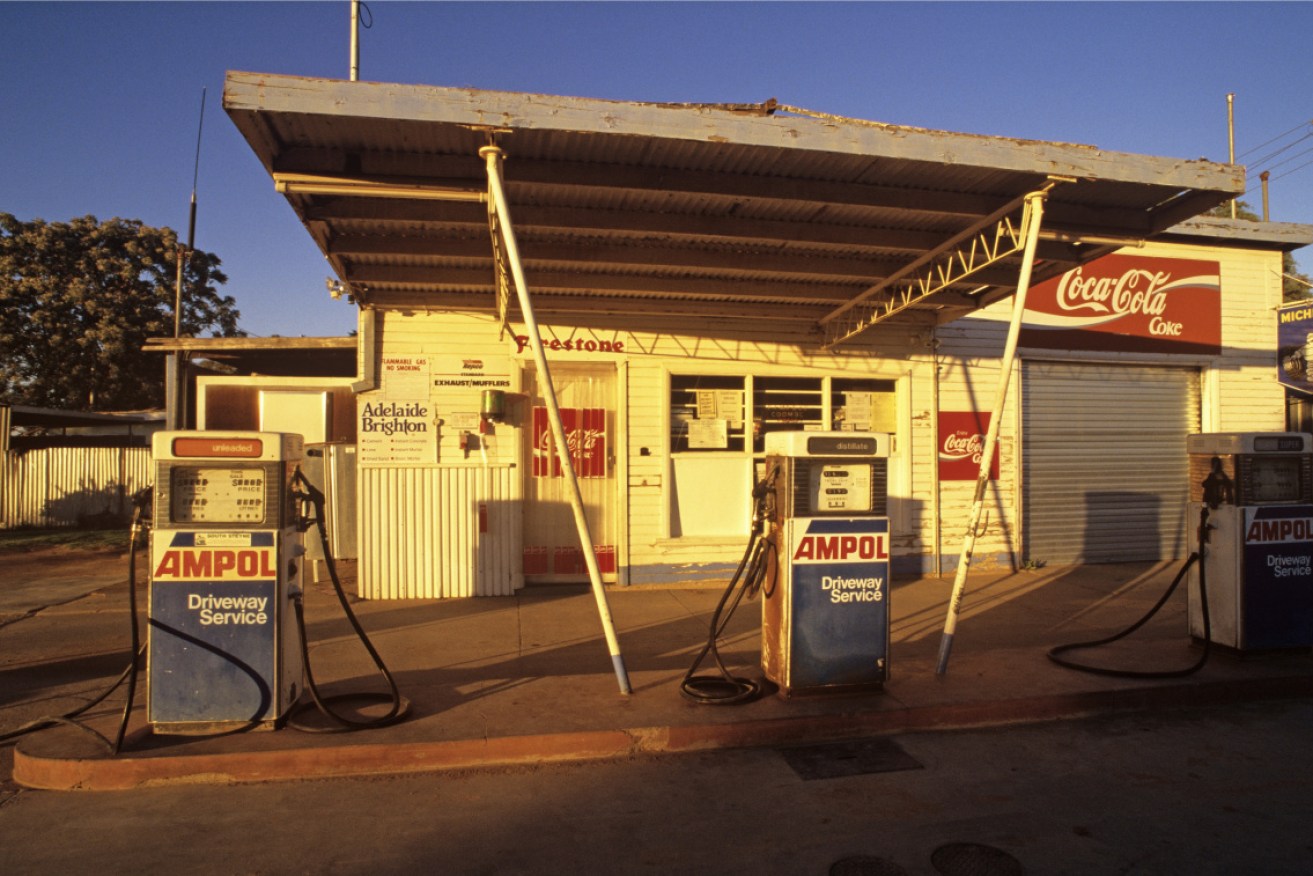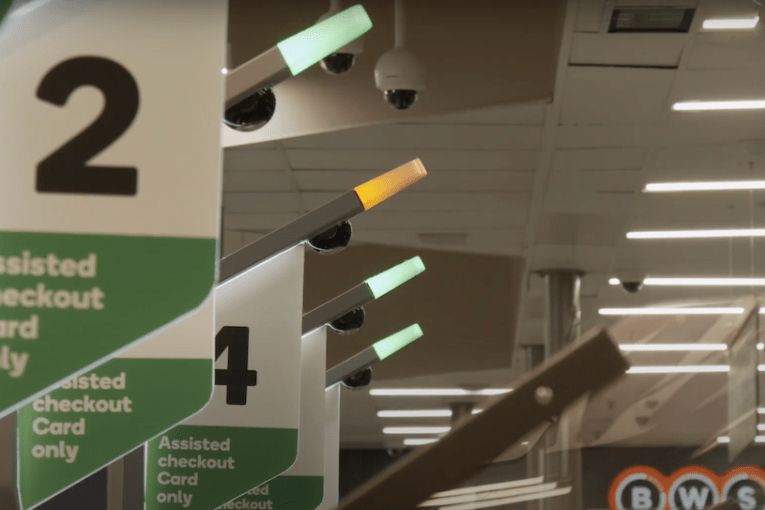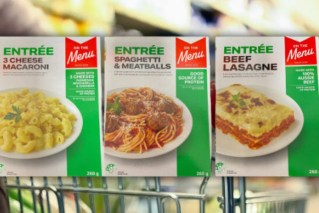Iconic Aussie brand set for return after Chevron scraps Caltex licence


The iconic Ampol brand is on its way back. Photo: Getty
After a decades-long absence, the iconic Ampol brand will gradually return to bowsers over the next three years.
Caltex Australia chose to resurrect the historic brand after former shareholder Chevron, which owns the rights to the Caltex brand, told the company it could no longer use the name Caltex.
Motorists will start seeing a revamped Ampol logo at the country’s more than 1900 Caltex stations from June. (So long as shareholders give the nod at the company’s AGM in May.)
The $165 million transition process will take three years and save Caltex Australia between $18 million and $20 million in annual licensing fees.
Ampol was a major service station until it merged with Caltex in 1995 – at which point the brand started to fade away.
The company was set up as a way to deal with unfair petrol prices set by foreign oil companies, and was the first Australian oil company in which Australians could own shares.
It marketed itself as the only major fuel company owned by Australians, with adverts in the 1980s and 1990s using the tagline “I’m as Australian as Ampol”.
After an absence stretching more than two decades, the return of the Ampol brand is likely to trigger a wave of nostalgia among Australian motorists – an emotion that Caltex Australia chief executive Julian Segal hopes will translate into greater brand loyalty.
Mr Segal told The New Daily that Caltex Australia had been planning the rebranding since former shareholder Chevron sold its 50 per cent stake to Australian investors in 2015.
Continuing to license the Caltex brand after Chevron’s exit was only ever a temporary measure, Mr Segal said.
And rebranding to Ampol meant the company could talk up its Australian heritage.
“For a long period of time, Caltex Australia was very much an Australian company, but it was a little bit confusing [to get that message across] with a name like California Texas … that’s where people thought we were from,” Mr Segal said.
“So we did significant market research over the last couple of years, and we came to the conclusion that the Ampol brand is still very much a loved, iconic Australian brand – and it really conveys the message that we’re an Australian company delivering good-quality fuel.”
QUT retail marketing professor Gary Mortimer told The New Daily that Ampol’s Australian ownership was likely to win over some consumers.
Recent Roy Morgan research found 90 per cent of Australians aged 14 and over are more likely to buy products made locally.
“But loyalty is as deep as your wallet,” Professor Mortimer said.
“When it comes to fuel, consumers are very price-sensitive. We know that motorists will shop around for the best fuel price … fuel only needs to go up a couple of cents and suddenly Australians restrict purchasing.”
Making Ampol’s Australian ownership front and centre of any marketing campaigns will be crucial to the brand’s success, Professor Mortimer said.
As will continued growth in the convenience retailing space.
“The service station today has really become the corner store of yesterday – where the corner place was once the place to drop in for milk and bread, we’re now stopping into the local station on the way home,” Professor Mortimer said.
“The expectations of consumers of service stations is they want better than a sausage roll or a Chiko roll that’s been sitting in a hot box. They want better-quality meals and better-quality barista coffee.”
IBISWorld senior industry analyst Jason Aravanis said Caltex Australia was at the forefront of this transition.
Describing the company as an “early mover”, Mr Aravanis told The New Daily the company had “re-targeted its petrol stations as upmarket convenience stores, with new offerings such as fresh foods for dinner, free wi-fi or high-quality coffee”.
Such a pivot was crucial, he said, as service stations typically earned just a few cents per litre of petrol sold, and growing environmental awareness was weighing on demand for fuel.
“Consumers are anticipated to increasingly choose fuel-saving transport alternatives, such as hybrid cars and public transport, which will negatively affect demand for fuel,” Mr Aravanis wrote in a May 2019 report.
“As a result, growth in fuel sale volumes is anticipated to be subdued over the next five years. Therefore, industry players will likely need to diversify their operations into other areas, such as convenience store operation, to gain market share and boost profit margins.”
Caltex Australia’s announcement comes after former shareholder Chevron bought Puma Energy’s Australian commercial and retail fuels business for $425 million.
Chevron was contacted for comment.









